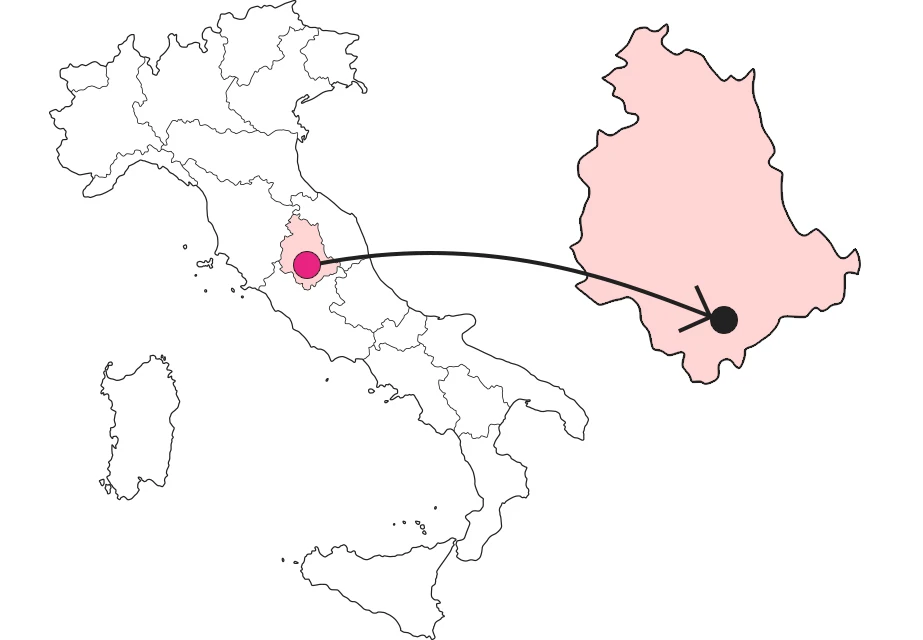SHARRYLAND


Where is

What it is and where it is
Roman-era ruins, the Via Flaminia, the Tiber... we could almost feel like we're in the middle of the Eternal City if it weren't for the fact that we're in Umbria, in an archaeological area far from the din of the big city that never sleeps. Here the visit takes place at the pace of our steps, on foot, through what remains of the ancient city of Ocriculum.
Why it is special
The route goes into the archaeological area and skims over the many public buildings of this town: the Forum, the Basilica, the Theater, the Baths, and much more. Despite all the centuries that have passed, and the decadence they have brought with them, closing your eyes almost feels like you can hear Ocriculum come alive again, with the voices of the people echoing cheerfully and lively among the ancient stones.
Not to be missed
In certain places then, past life appears for a moment even to the eye. Particularly on the Via Flaminia and the spring. The roadbed, for example, still bears the marks of wagon wheels, with which it tells of the traffic of the time and the importance of the city. The fountain, more humble and linked to everyday life, proudly shows marks engraved on its balustrades: they are due to the ropes that allowed the retrieval of buckets full of water. An act now unthinkable for us, but one that has not let go of its grip on these stones for centuries.
A bit of history
The first inhabitants of the area belonged to the Umbrian population, and their settlement was located on the hill that today houses the village of Otricoli. When the territory came under Roman rule, the original settlement was destroyed and a new settlement was built downstream, close to a bend in the Tiber, and equipped with a port, the Porto dell'Olio. It was precisely the harbor, together with the Via Flaminia that reached the city, that made Ocriculum a rich and flourishing center of trade at the time. It was the Lombard invasions that decreed the abandonment of Ocriculum and the return of the population to the hill.
Trivia
Archaeological excavations in the Ocriculum area began under Pope Pius VI in the 1700s. Many finds from that time were transferred to Rome and are still in the Vatican Museums today. The most striking examples are a colossal head of Jupiter and a mosaic pavement so intricate and well-preserved that the Hermitage in St. Petersburg holds a copy, while the original is in the Round Hall of the Pius Clementine Museum.
Enter the Map of Italy's Undiscovered Wonders and find treasures where you least expect it... Inspire, Recommend, Share...
Contact
Collections
The Map thanks:
Enter the Map of Italy's Undiscovered Wonders and find treasures where you least expect it... Inspire, Recommend, Share...
Where is

Contact
Collections




